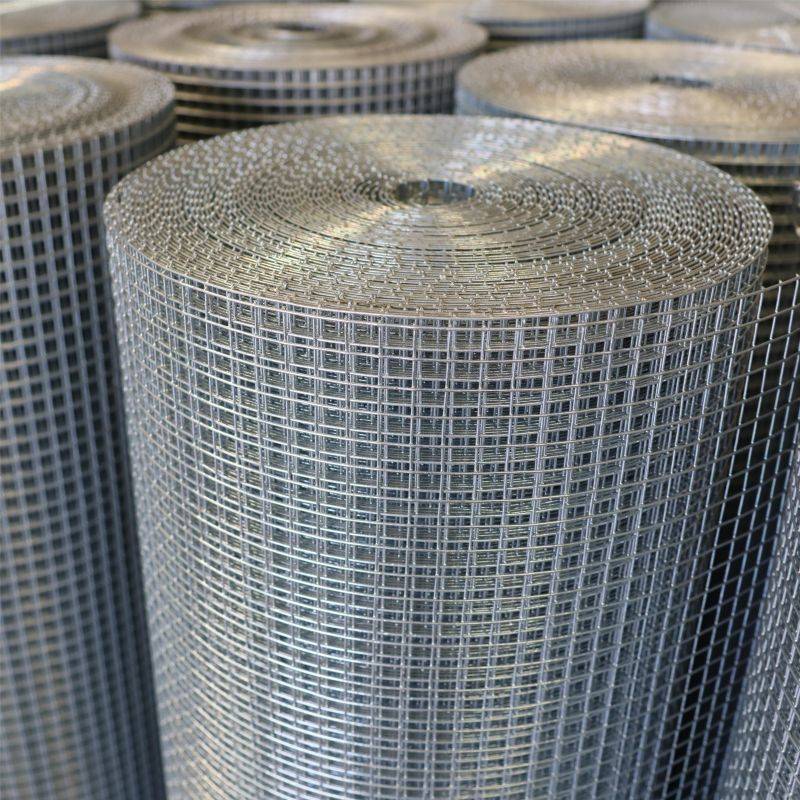welded wire mesh weight
Understanding Welded Wire Mesh Weight A Comprehensive Guide
Welded wire mesh, widely used in construction, agriculture, and manufacturing, serves as an essential building material known for its durability and strength. The weight of welded wire mesh is a crucial factor for engineers, builders, and contractors, influencing shipping costs, installation methods, and overall project specifications. This article delves into the various aspects of welded wire mesh weight, including its factors, calculation methods, and practical applications.
What is Welded Wire Mesh?
Welded wire mesh is a grid-like material consisting of wires that are welded together at their intersections. This mesh is typically made from high-quality steel or stainless steel, both of which provide strength and resistance to deformation. Depending on its intended use, welded wire mesh can come in various diameters, spacing, and sizes, making it a versatile option for numerous applications, from reinforcing concrete structures to creating barriers.
Factors Influencing Welded Wire Mesh Weight
The weight of welded wire mesh is determined by several key factors
1. Wire Diameter Thicker wires naturally increase the weight of the mesh. Common wire diameters range from 1.2 mm to 6 mm, and this choice significantly impacts the overall weight.
2. Mesh Opening Size The size of the openings affects weight; however, it's more about the quantity of wire used in creating the mesh structure. Smaller openings require more wire, increasing weight.
3. Sheet Size The dimensions of the welded wire mesh sheet (length and width) are directly proportional to its weight. A larger sheet will weigh more than a smaller one, assuming the same wire diameter and opening size.
4. Material Type Different materials have varying densities. For instance, standard steel is heavier than aluminum or plastic mesh.
5. Coating Some welded wire mesh is coated with materials like PVC or galvanized finishes for additional protection against corrosion. While such coatings add minimal weight, they can be a factor in the total weight calculations.
Calculating the Weight of Welded Wire Mesh
welded wire mesh weight

Calculating the weight of welded wire mesh can be straightforward. The formula commonly used is
\[ \text{Weight} (kg) = \frac{\text{Wire Diameter} (mm) \times \text{Mesh Width} (m) \times \text{Mesh Length} (m) \times \text{Density (kg/m³)}}{1000} \]
1. Wire Diameter Input the wire diameter in millimeters. 2. Mesh Width and Length Measure the dimensions in meters.
3. Density Utilize the material's density—commonly, steel has a density of approximately 7850 kg/m³.
Using this formula enables engineers to estimate the total weight of the mesh accurately, aiding in planning and logistics.
Practical Applications of Welded Wire Mesh
Welded wire mesh finds applications across various industries
- Construction Used as reinforcement in concrete slabs and beams, enhancing structural integrity. - Fencing Provides security and boundary demarcation in residential, agricultural, and industrial settings.
- Animal Enclosures Used in farms and zoos for safely containing animals.
- Architectural Features Acts as an aesthetic element in modern architecture, used in partitions and screens.
Conclusion
Understanding the weight of welded wire mesh is essential for effective project management in various applications. By considering factors such as wire diameter, mesh size, and material type, stakeholders in different industries can make informed decisions that ensure safety, cost-effectiveness, and structural reliability. As innovations in materials and construction techniques continue to evolve, welded wire mesh remains a crucial component for building the future. Whether you're a contractor, engineer, or DIY enthusiast, grasping the principles of welded wire mesh weight will empower you to achieve your project goals with confidence.
-
Innovations in Razor Barbed Wire Design TechnologyNewsAug.11,2025
-
Roofing Nail Compatibility with Different Metal Roof TypesNewsAug.11,2025
-
Welded Wire Mesh for Rockfall Protection BarriersNewsAug.11,2025
-
Galvanized Wire Corrosion Resistance TestingNewsAug.11,2025
-
3D Fence Solutions Preventing Bird CollisionsNewsAug.11,2025
-
Using Chain Link Fence for Urban Garden SupportNewsAug.11,2025




